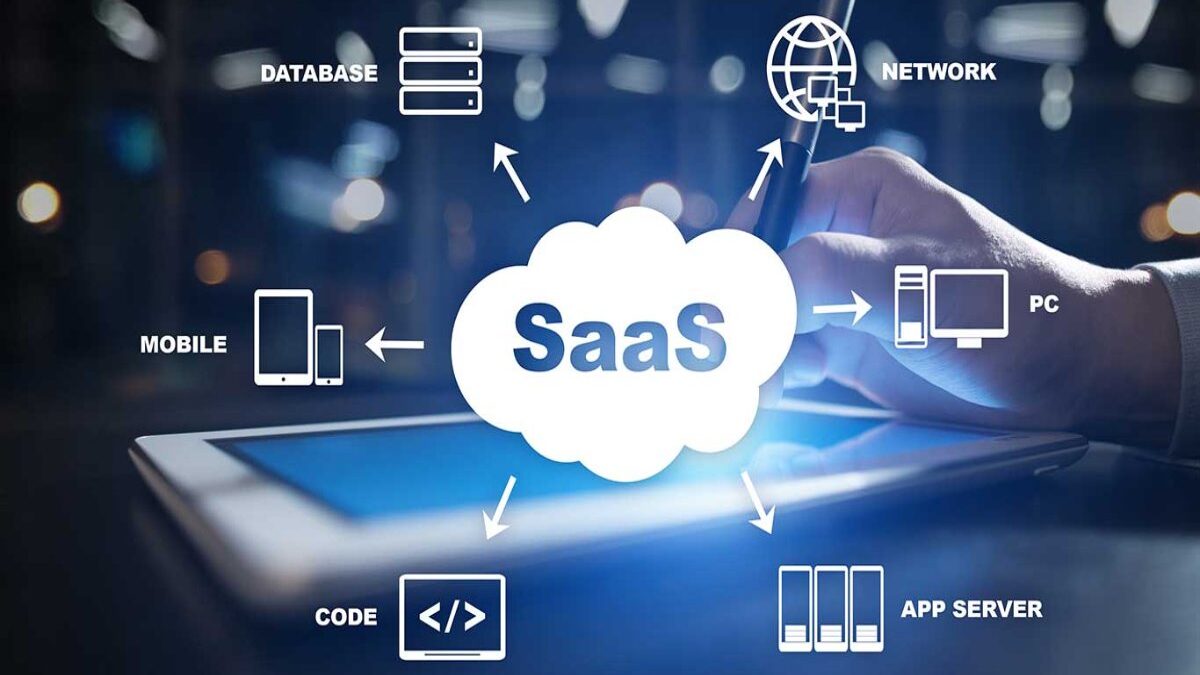SaaS Business App: As a result of the pandemic-driven shift to hybrid work, software-as-a-service (SaaS) apps are more popular than they’ve ever been. By 2028, for instance, the global SaaS market is expected to reach $716.52 billion. There’s a great deal of opportunity to be had in such a thriving market—but only if you’re able to keep up.
To that end, there are certain features your software will absolutely need in 2022 and beyond.
Table of Contents
ToggleUsability
SaaS Business App: In the modern SaaS landscape, the user experience is everything. From onboarding through to regular use, the best software is simple to use without sacrificing functionality. Key considerations include:
- A streamlined dashboard
- An intuitive user interface
- Comprehensive training materials
- An extensive knowledge-base
- Functionality designed to provide user feedback
User Support
SaaS Business App: Ensuring a positive user experience requires more than developing a tutorial or designing an interface. There’s a cultural side to it as well—the best SaaS companies are those that are dedicated to the long-term goals of their customers. That includes a robust service-level agreement and extensive customer support.
Your business must be prepared to assist customers whenever they run into trouble, no matter where they are in their sales journey.
Flexible Pricing
Where pricing your SaaS app is concerned, you have a few different options:
- Flat rate. Everything is available at a single price. All functionality is usable directly out of the box for all users.
- Usage-based. Similar to flat rate pricing, all app functionality is available out of the box. Users only pay for what they actively utilize.
- Tiered. Different feature sets are available at different price points, each designed to meet the needs of a particular subset of users.
- License-based. The client buys a license for each individual user.
- Active users. Similar to license-based pricing, with the caveat that the client only pays for licenses it actively uses once signing up.
- Freemium. Basic functionality is available free of charge, with additional features or tiers provided at extra cost.
Generally speaking, the more flexible your pricing options, the better for your clients—and for the eventual sale price of your business.
Reports & Audits
Logging functionality is a significant value-add for any enterprise SaaS platform, allowing clients to more effectively protect their assets and manage their overall deployment. This feature is especially crucial if your software is targeted toward any regulated industries, as they may require such records to be kept and stored.
Multi-Tenant Architecture
One of the greatest benefits of SaaS is scalability—it’s flexible and robust enough to scale up to virtually any resource requirement or use case. Multi-tenancy is foundational in supporting this while also reducing the overall cost of resource provisioning for your company. It also enables faster updates, including crucial bug fixes and security releases.
Single Sign On
Modern business users have a virtually endless list of logins and credentials to manage. Savvy employers understand this and will seek software that allows them to consolidate authentication into a single, streamlined process. For this reason, SSO functionality isn’t simply a valuable addition to a SaaS platform, it’s essential.
Security Controls
It has been predicted that cybercrime will cost the world roughly $10.5 trillion annually by 2025. The threat represented by threat actors, both state-sponsored and otherwise, is no longer something businesses can afford to ignore. What that means for your SaaS company is simple—should you fail to include the necessary protections and controls, many clients will choose a more secure competitor.
At the minimum, you should include the following:
- Robust user and team management, with role-based access and automatic de-provisioning.
- If relevant, full data encryption, both at rest and in motion.
- Multi-Factor authentication such as biometrics.
- A lifecycle management process that includes regular security evaluations and updates.
- If relevant, file-centric security that allows administrators to exert granular control over assets.
Integration
Application bloat is another challenge facing modern enterprises. Many businesses simply labor under the weight of far too many different, disjointed tools. Consolidation is the solution to this problem, and integration is the means by which it can occur.
A high-value SaaS solution is capable of connecting with multiple different applications and data systems, and features support for a range of different APIs.
Analytics
In today’s data-driven landscape, the most successful businesses are those that are capable of effectively drawing insights from their data. SaaS developers can help with that by packaging analytics functionality directly into their software. Should your company lack the expertise, you may also consider a partnership with an analytics-focused SaaS developer as an alternative.
Low-Code/No-Code Capabilities
There was a time when software development, deployment, and integration were the sole domain of the IT department. However, that time has long since passed. In today’s business world, everyone is a stakeholder, and every department has different needs and requirements of their SaaS solutions.
In addition to making it easier for non-technical stakeholders to deploy an app, a low-code or no-code approach to SaaS development also makes your software highly appealing as a white-label solution for resellers. That means the potential for an alternative revenue stream and an upturn in value as a result.
Better Software Means Better Value
Low-code development. Comprehensive support. A streamlined, intuitive user interface coupled with advanced functionality.
At one point, these would have been differentiators. However, as the SaaS market grows more mature and competitive, they’ve become table stakes. And that’s the real challenge for anyone seeking to eventually sell their SaaS business.
The various features, functions, and systems which may once have been value-adds are now core. With few exceptions, the components we’ve described above are non-optional for SaaS companies in 2022. In most cases, they’re necessary for your SaaS company to even remain competitively viable.
And if you have any plans to sell your business in the immediate future, ensuring market viability is critical.
Also Read: Top Most Influential Careers in Business for 2022 & Beyond
Related posts
Hot Topics
Everything You Need to Know About a Savings Plan in 2025
A savings plan is a financial tool that offers the combined benefits of insurance & growth. This ensures financial security…
Mobile Threat Defense: The Silent Shield Behind Every Secure App
Mobile apps are found everywhere in India’s rapidly developing digital landscape—from banking and online shopping to healthcare and learning. And…



